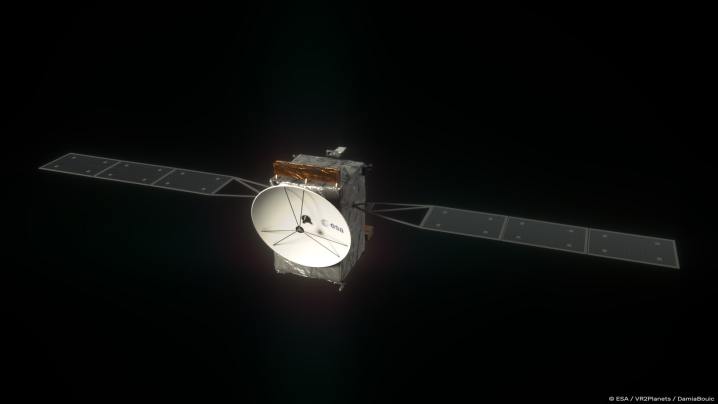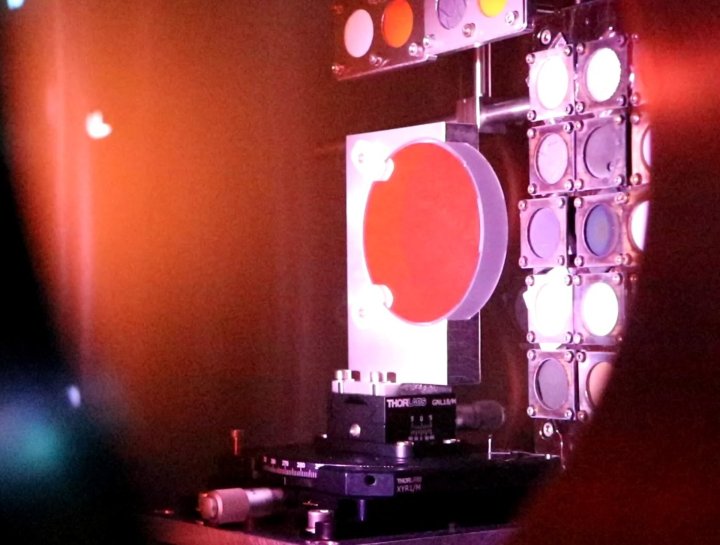Venus is not an inviting planet to visit. From the tremendously high pressure at its surface to its scorching temperatures hotter than an oven, the planet is not accommodating to visitors, be they human or robotic. Despite these challenges, however, there are no less than three upcoming missions to Venus planned by NASA and the European Space Agency (ESA) in the next decade, and recently ESA revealed information about how it will test and prepare its EnVision craft for the planet’s hellish conditions.

EnVision will enter into orbit around Venus to gather data on the planet’s atmosphere, but this is no easy task. To get into position it will have to perform a maneuver called aerobraking, in which it reduces its orbit by brushing along the top of the atmosphere. This delicate process is also used by craft entering orbit around Mars, for example, but it is harder at Venus because the gravity is stronger so the craft will be traveling faster.
“EnVision as currently conceived cannot take place without this lengthy phase of aerobraking,” EnVision study manager Thomas Voirin explained in a statement. “The spacecraft will be injected into Venus orbit at a very high altitude, at approximately 250,000km, then we need to get down to a 500km altitude polar orbit for science operations. Flying on an Ariane 62, we cannot afford all the extra propellant it would take to lower our orbit. Instead, we will slow ourselves down through repeated passes through the upper atmosphere of Venus, coming as low as 130 km from the surface.”
Another challenge for the mission comes in the form of atomic oxygen, an atmospheric component that can erode materials. The top of the Venusian atmosphere has significant amounts of this atomic oxygen, which could eat away at spacecraft components as it passes through while performing aerobraking.
To test out whether the spacecraft materials can handle this, samples are being exposed to atomic oxygen in an ESA technical facility in the Netherlands called the Low Earth Orbit Facility or LEOX. Atomic oxygen is also an issue in low Earth orbit, hence why this facility has experience with testing materials against it.
In the testing facility, a vacuum chamber is set up which has molecular oxygen pumped into it. Then a laser is fired to generate atomic oxygen, and materials and coatings can be left in this atomic oxygen to check whether they are corroded.

“We want to check that these parts are resistant to being eroded, and also maintain their optical properties – meaning they do not degrade or darken, which might have knock-on effects in terms of their thermal behavior, because we have delicate scientific instruments that must maintain a set temperature,” Voirin explained. “We also need to avoid flaking or outgassing, which lead to contamination.”
The EnVision mission is scheduled to launch in 2031 at the earliest.
Editors' Recommendations
- How to watch SpaceX launch the third flight of its Starship rocket on Thursday
- How to watch NASA launch its newest ocean and atmosphere observation satellite tonight
- How to watch the Quadrantid meteor shower hit its peak tonight
- NASA’s Psyche spacecraft sends back its first image of a star field
- NASA’s Lucy spacecraft will soon make its first flyby of an asteroid




